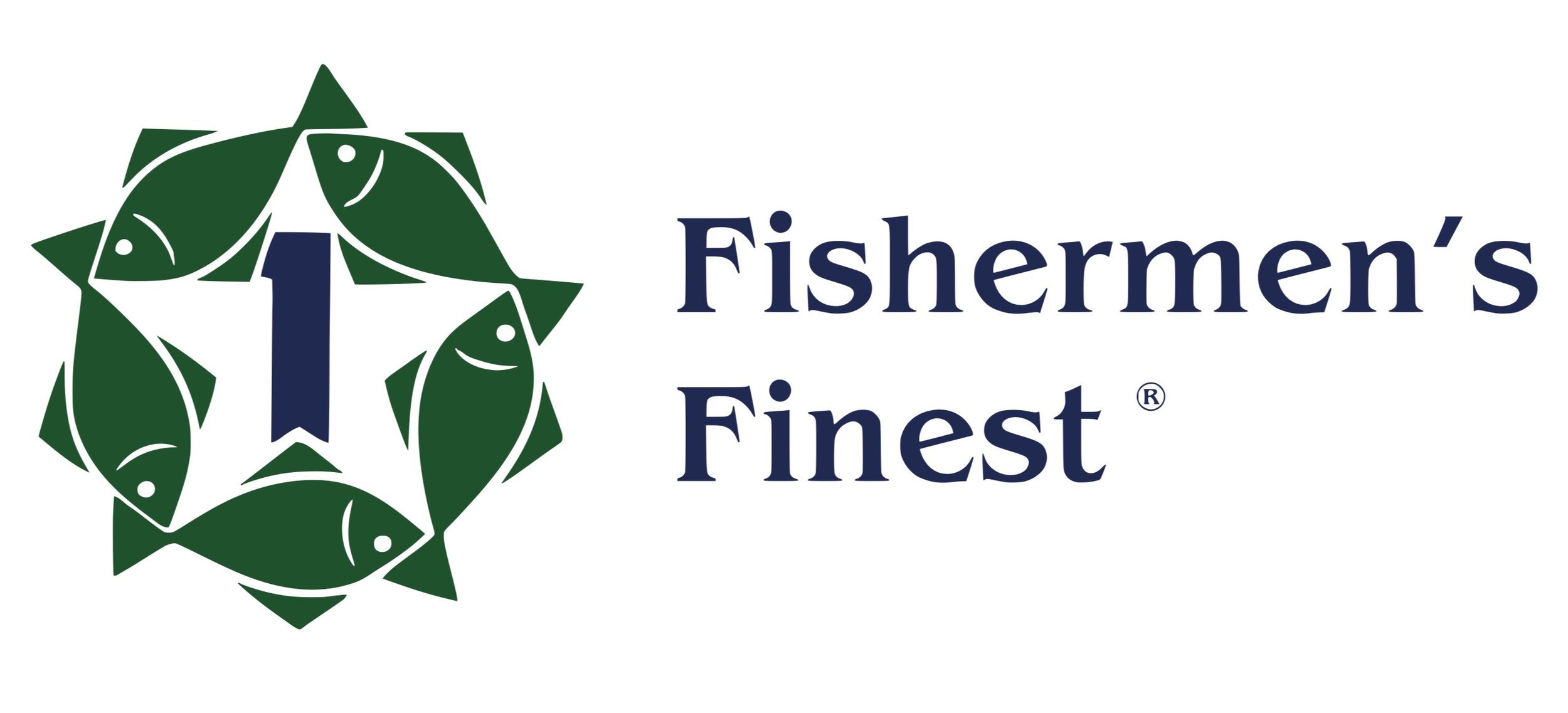IPHC trumps NPFMC?
IPHC Says They Expect NMFS to Enact 2016 Halibut Bycatch Reductions Regardless of Council Action
 SEAFOODNEWS.COM By Peggy Parker - March 11, 2015
SEAFOODNEWS.COM By Peggy Parker - March 11, 2015
In a letter sent March 10 to NMFS Assistant Administrator Eileen Sobeck, the International Pacific Halibut Commission said they will rely on NMFS to reduce halibut bycatch in the Bering Sea by 2016 regardless of what happens at the North Pacific Fishery Management Council in June.
The letter, signed by Commissioners Jim Balsiger, who is the Regional Administrator for NMFS in Alaska, and Paul Ryall, Director of Resource Management for the Department of Fisheries and Oceans in Canada, also explained their reason for setting TACs in the Bering Sea higher than recommended by the IPHC staff. The names of all six commissioners followed the two government representatives.
“As you may know, the directed fishery harvest opportunities in [Area 4CDE or most of the Bering Sea] are substantially reduced each year to account for the halibut mortality in bycatch fisheries, which [we] have initially estimated at 4.82 million pounds for 2015,” the commissioners said.
Given that level of bycatch, and the size of the biomass in that area, IPHC staff recommended a TAC of 520,000 pounds for the directed fishery, less than half what the area has received in the past few years, which have been the lowest TACs in the area in the last decade.
At the IPHC’s annual meeting, Bering Sea groundfish fishermen who take halibut as an incidental bycatch, testified that they could reduce bycatch in 2015 through various voluntary efforts to avoid halibut and to release them with less injuries, thus reducing mortality.
“Several of these organizations committed to achieving specific bycatch reduction targets in 2015 that were calculated to save approximately 280,000 pounds of bycatch mortality that could be reallocated to the directed fishery,” the IPHC letter stated.
“After considering the socioeconomic concerns of directed harvesters in Area 4CDE, the bycatch reductions promised by several of the trawl fishery organizations, and the risks posed to the resource by various catch limit options, Commissioners agreed to increase the directed fishery catch limit in Area 4CDE to 1,285,000 pounds (net weight).
“NMFS’ commitment to reducing bycatch,” the letter added, “was critical to the Commission’s support for this increased catch limit. The impact of bycatch on directed harvest opportunities in 2015 for Area 4CDE was particularly acute; however, bycatch in the Bering Sea/Aleutian Islands and the Gulf of Alaska (Areas 3 and 4) has been a longstanding issue with impacts on the halibut resource and available harvest in all Regulatory Areas.
“Areas 3 and 4 account for approximately 95% of the coastwide halibut bycatch and these areas have also made less progress in reducing bycatch in comparison to other Regulatory Areas,” the commissioners wrote.
Halibut biomass appears to have stabilized, IPHC scientists say, after a long-term declining trend that was most pronounced in Areas 3 and 4. In response to this, TACS were lowered 52% coastwide in the last five years.
“By contrast,” Balsiger and Ryall wrote, “bycatch mortality has declined by only 10% over the same period and now accounts for over 20% of the coastwide annual halibut removals.
“For these reasons, Commissioners were encourage that your letter spoke to making bycatch reductions in both the Bering Sea/Aleutian Islands and the Gulf of Alaska, and reassured by your statement that NMFS will develop measures to achieve these reductions should the North Pacific Fishery Management Council (the “Council”) fail to submit a plan for implementation in 2016.”
The Council met a week after the IPHC’s annual meeting to review an economic analysis and hear more public testimony on the subject. They also hosted a full-day joint meeting with the IPHC to discuss bycatch issues, including ways to manage it during times of low and high abundance of halibut biomass.
Currently, halibut bycatch caps are not tied to halibut abundance.
Balsiger and Ryall’s letter listed four of the lessons learned from the experience of other areas:
• Methods to reduce bycatch have a hierarchical effectiveness, that is, limits on individual harvesters or vessels are most effective, followed by limits on pools or coops of vessels. Least effective are when global limits are set on entire fisheries or fleets.
• Bycatch limits should be based on mortality rather than catch.
• Comprehensive catch monitoring is critical.
• The experience and knowledge of harvesters should be tapped to find most effective ways of reducing bycatch.
The Council will meet in June for final action on halibut bycatch caps in the Bering Sea.
Peggy Parker, Science and Sustainability Editor
SeafoodNews.com 1-781-861-1441
Editorial Email: Editor@seafood.com
Reporter's Email: peggyparker@seafood.com
